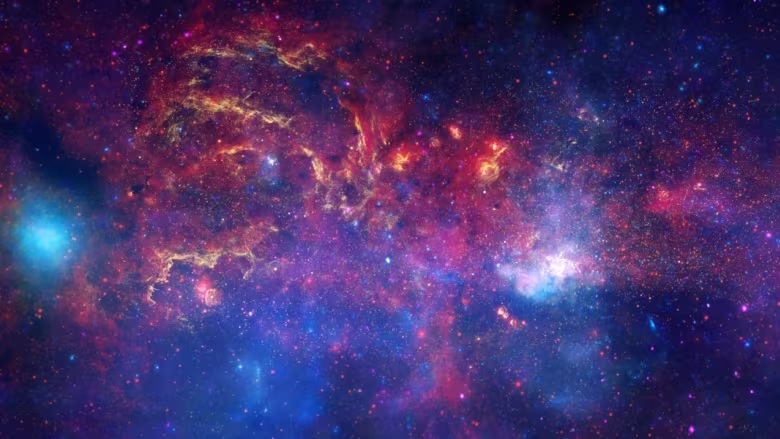“Composer turns NASA data into music to take listeners on a journey through the Milky Way”
Sophie Kastner, a composer from Montreal, Canada, has embarked on a unique project that aims to bring the depths of the universe to life through music. Using data collected by NASA from the Milky Way, Kastner has composed “Where Parallel Lines Converge,” a piece that aims to take listeners on a sonic journey through the cosmos.
The piece, which is performed with seven instruments, uses signals collected from the Hubble, Chandra, and Spitzer telescopes. High-pitched instruments such as glockenspiel and violin are used to convey the movement and spiral of the black hole, while low-pitched instruments such as bass clarinet and cello capture the mystery that comes with gazing into the universe.
Kastner’s work is not just an artist’s impression, but is generated from data commonly used by NASA scientists to create visual images of deep space. In fact, the same data is used to construct images of the center of the Milky Way, which inspired Kastner’s musical creation.
“We just mathematically mapped the image to convert those pixels into something that can be heard…the data from the deep space telescope was originally made up of 1s and 0s and records details such as the amount of energy or the position of the photon hitting the telescope,” explains Kastner.
This unique project has not only resulted in a mesmerizing piece of music but has also changed the way scientists at NASA view their own data. Kim Arcand, an astronomer at NASA, expressed her surprise and appreciation for Kastner’s work, stating, “I almost fell off my chair, it was so beautiful… It made me look at the data in a different way; it made me process it in a different way, and I really appreciate it.”
The project not only bridges the gap between art and science but also allows for a deeper understanding and appreciation of the universe. “As humans, we are always trying to understand the world, and art is one of the ways of understanding,” explains Kastner. “Then combining science and art, why not?”
This bold fusion of art and science has allowed for a new perspective on the cosmos and has created a beautiful way to experience the wonders of the Milky Way.
